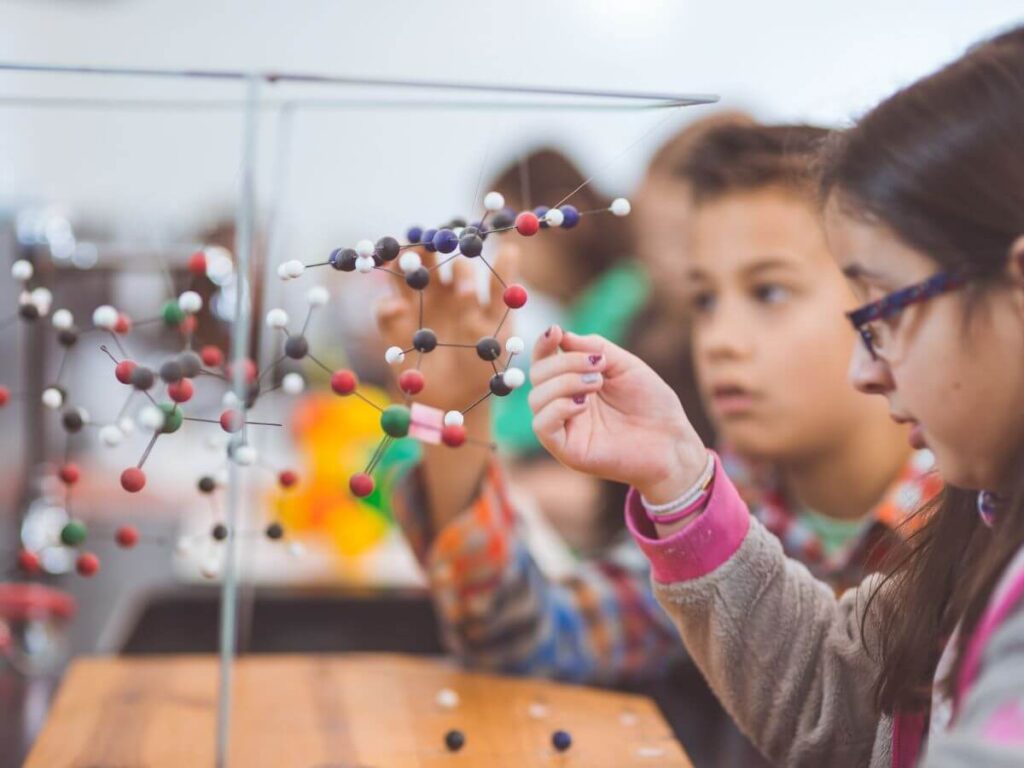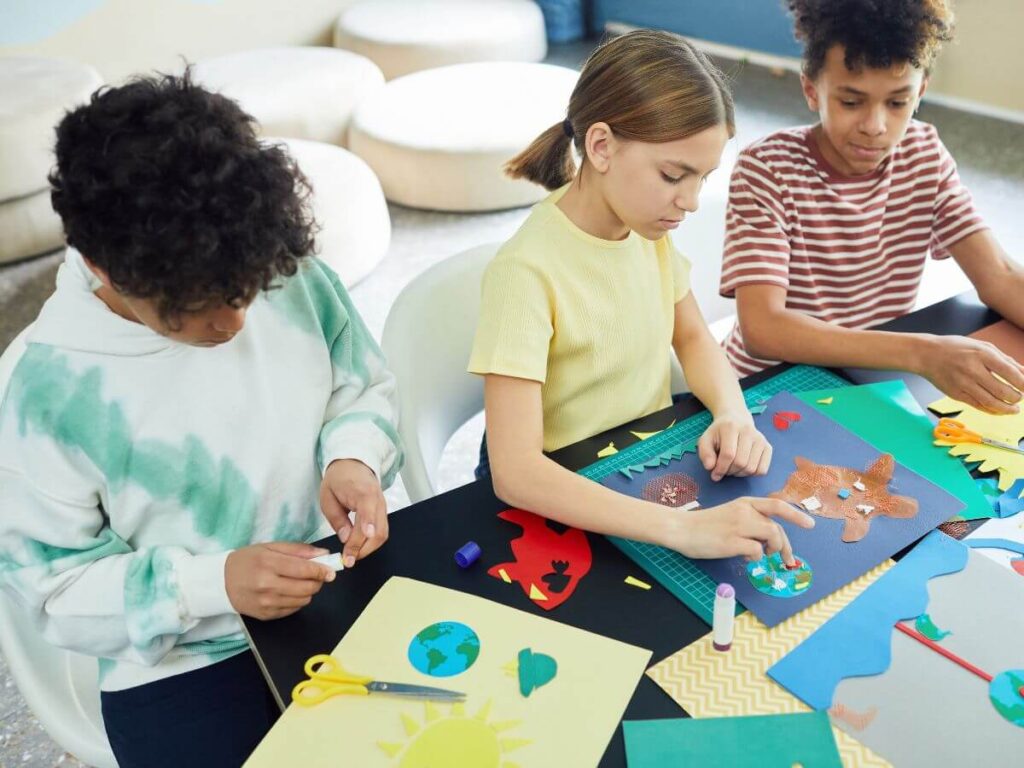Middle school students face unique challenges in developing healthy self-esteem during their crucial developmental years. This comprehensive guide presents effective, age-appropriate activities and strategies designed to boost confidence, foster self-discovery, and build lasting self-esteem in middle school students both inside and outside the classroom.

What is Self-Esteem and Why is it Important for Middle School Students?
Self-esteem is understood as the positive perception and evaluation of one’s own value. This is an important factor affecting the learning, social relationships and comprehensive development of middle school students. For this age, building self-esteem is the foundation to help students face challenges in life.
How to Identify Common Self-Esteem Challenges in Middle School?
Middle school students often face the following problems:
- Self-doubt: Lack of confidence due to comparing themselves with others.
- Unachievable expectations: Setting goals that are too high for your ability.
- Negative feedback: Criticism or criticism from friends and family.
- Lack of opportunities to assert yourself: not taking the opportunity boldly leads to low self-esteem.
Explore More Teaching Tips: What Are the Top 3 Learning Objectives?
17 Proven Activities to Build Personal Self-Esteem in Students

Self-Discovery Exercises to Understand Yourself
Understanding yourself is the first step in the journey to building self-esteem. Self-discovery exercises help students clearly perceive their values, strengths, and achievements. This is an opportunity for each individual to have a more positive view of themselves.
- Ask the question “Who am I?”: Ask students to list 10 positive things about themselves and then discuss those words.
- Review personal achievements: Remember the things they have achieved, no matter how small.
- Practice writing a gratitude journal: Write a few things every day to make students feel happy and grateful.
Set Goals to Motivate Students
Clear goals are a compass for students to strive for. When properly guided, goal setting not only helps students feel oriented but also encourages responsibility and self-awareness in the learning process.
- List future vision: Ask students to draw a board and what they want to do and how to achieve it.
- Weekly goals: Write them down and track their progress.
- Personal rewards: Reward yourself when you complete a goal to motivate you to achieve the next goal.
Develop and Regulate Emotions
Negative emotions are often a major barrier to self-esteem. Through practice exercises, students will learn to regulate their emotions and see themselves objectively.
- Turn negative statements into positive ones: Change negative statements into positive opposites. Turn sentences like “I am bad, I can’t do it” into “I can learn from each, I can divide it into a little each day”
- Tell yourself: Tell yourself to the past or future that trying every day will lead to success.
- Exercise “Good goes hand in hand with bad”: Analyze the positive and negative things to improve and then list the positive ideas that go with it.
Discover Related Guides: What Are Interactive Activities? Types & Implementation Guide
Interactive Activities in the Classroom

Actively Participate in Personal Activities
By participating in these activities, students not only improve their self-esteem but also create a positive environment for development.
- Ask and appreciate: Students are encouraged to ask questions and share positive things with friends and teachers.
- Recognize achievements: Even if you achieve small achievements, you should still be proud of yourself. Teachers can organize a ceremony to honor students.
- Tell a story: Each student shares a positive thing about the day to integrate better.
Actively Participate in Team Building
Group activities not only help students improve their communication skills but also build team spirit. This is a way for students to learn from others and develop sustainable relationships.
- Group activities: Discuss or do small exercises and projects.
- Acts of kindness, volunteering for the community: Organize “acts of kindness, for a green environment” campaigns
- Build trust: Organize games to help students learn how to cooperate and develop their intelligence.
Do not Hesitate to Show Creativity
Creativity is the key for students to express themselves and affirm their personal values. Creative activities not only bring joy but also help students develop independent thinking such as:
- Painting rocks with positive messages: Encourage unlimited creativity.
- Create a certificate display area: Each student has a recognized achievement. Each time you see it, you will review yourself and encourage your students to grow every day.
See More Strategies: What Are Some Hands-on Activities for Preschool & Elementary Students?
Frequently Asked Questions About Building Student Self-Esteem
How Long Does It Take to See Improvements in Self-Esteem?
The effectiveness depends on each person’s patience. It usually takes 3-6 months for students to see changes.
What Should Teachers Do If Students Resist?
Teachers should be respectful, and empathetic and encourage participation in small activities.
How Can Parents Support?
Encourage your child to practice gratitude journaling, and ask friends and teachers about their participation in activities.
Through the above activities, the self-esteem of middle school students will be built sustainably, contributing to the comprehensive development of each student. Not only helping individuals but also bringing the whole class and generation of students up.






